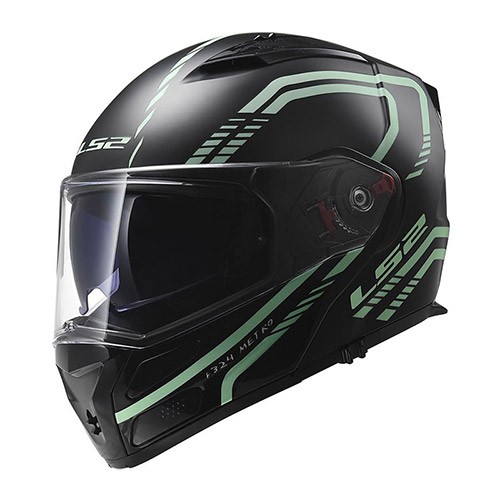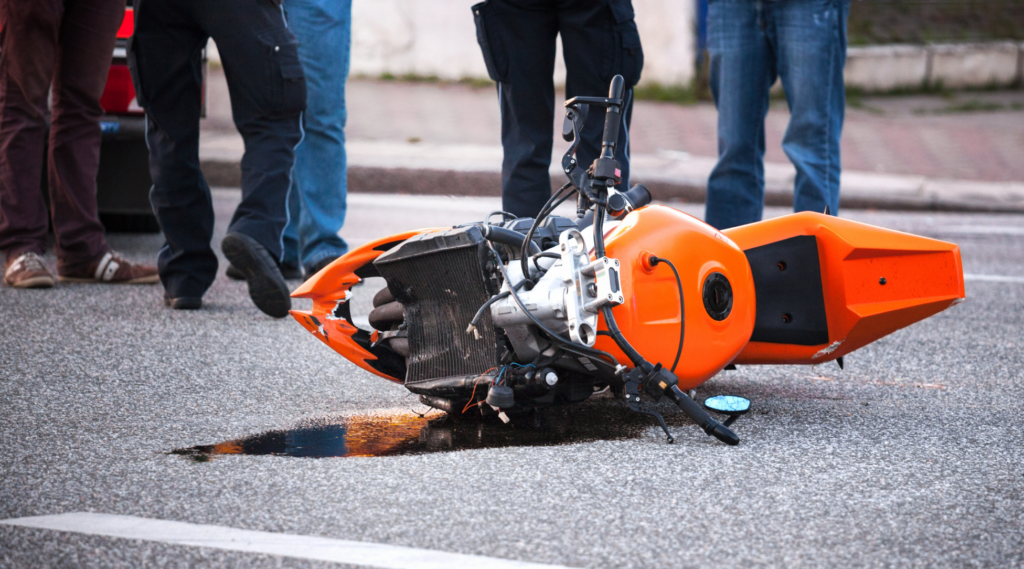If you still have the urge to ride again, no matter how long it’s been since the accident, there are steps to take to ensure you’re completely ready.
Be Injury-Free
Being injury-free means both mentally and physically ready to ride. Consult with your doctors to ensure your injuries are fully healed before you hop on a bike again. Do NOT try to ride earlier than advised, as it can manifest hiccups in your healing injuries.
Aside from your physical health, check in with your mental health to see if you’re ready to ride. It may take more time to get that fear out of your system, or at least minimize it to a point where the desire to ride is larger than the trepidation of riding. Patience is key to healing, so take your time and don’t feel pressured to hop on sooner than you are ready.
Inspect Your Safety Gear and Motorcycle
A rider I spoke to after an accident said he didn’t know the condition of his motorcycle safety gear or motorcycle until a later inspection. At the time of the accident, your focus isn’t going to be on your safety gear and motorcycle. If you were following ATGATT correctly, your safety gear should have been what took the most damage. You may have taken it off after the accident and put it away for a later time (that’s what he did). The motorcycle may get a quick inspection at the time of the accident. Still, you may not realize the proper condition until you’re ready to look it over.
Your safety gear should have included a DOT-approved helmet, a jacket, motorcycle gloves, full-length pants, and good riding shoes. Did it protect you during the accident? If it didn’t, take that lesson as a calling to invest in better safety gear if you return to riding. If you had quality gear, is it in a good enough condition to use again, or should it be replaced with new gear?
How did your motorcycle fair from the accident? Did it suffer major or minor damage? If you’re unfamiliar with the signs to look for, consider taking it to a certified mechanic for a full inspection and then decide what needs to be replaced and the cost. If your motorcycle is hit in the accident, you may want to upgrade or replace the motorcycle altogether. If that’s the case, you can look at something new that may have better features like ABS brakes.
Enjoying the Thrill of Motorcycling Again
If the time comes that you’re ready to ride again, here are the steps we suggest to getting back out there safe and ready to go:
- Follow ATGATT – Whether you had great protective gear or you’ve now upgraded to great gear, it’s time to make it a priority. Full gear, all the time. No questions.
- Practice makes perfect – It’ll take time for you to be mentally, emotionally, and physically prepared to head onto the road again. Take your time to feel comfortable on your motorcycle, and don’t rush it. Think about starting in a controlled environment away from traffic to get acclimated to the feeling of riding again. Practice the bare basics, such as turning, braking, etc. If you want to, refresh your skills by taking another motorcycle course or reading up on motorcycle guides.
- Take it easy – Go on a short, easy ride on a road that you’re familiar with. Don’t go on the highways, but ride on surface streets and cruise just to ease back into the thrill of it. This will help you with gaining back your confidence. Ride during nice weather and not during rainy days or inclement weather. Try to avoid the crime scene as it can often reinforce that fear and can act as a trigger for PTSD.
- Don’t go alone – Having a partner or buddy to ride with you can make you feel more secure after a crash. Do you have someone you constantly ride with that makes you feel safe? If so, have them help you get acclimated to riding again. As a friend or partner, they’re only there to support you and not judge you.
- Be mindful of your ego – Don’t get overconfident just because you’ve been riding for an extended period. You want to overcome your fear of riding sooner rather than late, but you can overlook things on the road by not listening to your gut feeling. Don’t put yourself at more significant risk for an accident because you want to continue with business as usual.
Accidents Happen
They happen in motorcycling and life in general. How we move past them and continue is an individual choice. Losing a little confidence is normal, and we need to remember the signs of PTSD from the event. If you cannot move past the event after a few months, it’s best to talk to someone about how you feel about the issue. In motorcycling, fear and trepidation can cause us to react poorly to changing conditions. We must move through our feelings and take the necessary steps to get back to motorcycling with a healthy mind and body. Ease into it with the proper safety gear and support when it’s that time. And choose not to rejoin motorcycling. You can reflect on the fun memories you cultivated while doing something you love. Good luck, and stay safe!

